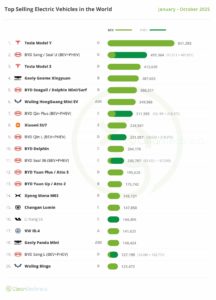The paper identifies significant information sharing gaps within the EV battery supply chain. This lack of transparency and communication hinders compliance with emerging global regulations, such as those proposed in the European Union and the United States. These regulations demand unprecedented levels of data sharing between stakeholders throughout the battery’s lifecycle. The study suggests that adopting ‘battery passports’ could be pivotal in bridging these gaps, ensuring efficient end-to-end information traceability and compliance with regulatory standards.
A critical finding of the paper is the lack of a universally accepted definition for a battery’s end-of-life (EOL), typically indicated by a decline in the battery’s state of health (SOH) to 70%-80% of its initial capacity. This uncertainty poses challenges in determining when a battery should exit its primary use phase and either be repurposed or recycled. The report stresses the need for a standardised concept to specify a battery at EOL, which is essential for effective lifecycle traceability and environmental responsibility.
The study underscores the importance of recycling, repurposing, and reusing EV batteries to achieve circularity and reduce environmental impact. Currently, only 5% of batteries are recycled, limited by various obstacles including regulatory gaps, high recycling costs, and logistical issues. The paper advocates for the development of robust recycling infrastructures and clearer guidelines on the roles and responsibilities of various stakeholders in the battery EOL process.
In its recommendations, the paper calls for the standardisation of methods to identify and report battery SOH. This approach will streamline the EOL management process, distinguishing batteries suitable for recycling from those apt for second-life use. Furthermore, the paper defines ‘repurposing’ and ‘remanufacturing’ as key strategies for extending battery life and reducing waste. It also highlights the need for advanced methods for estimating battery SOH, crucial for determining suitable second-life applications.







